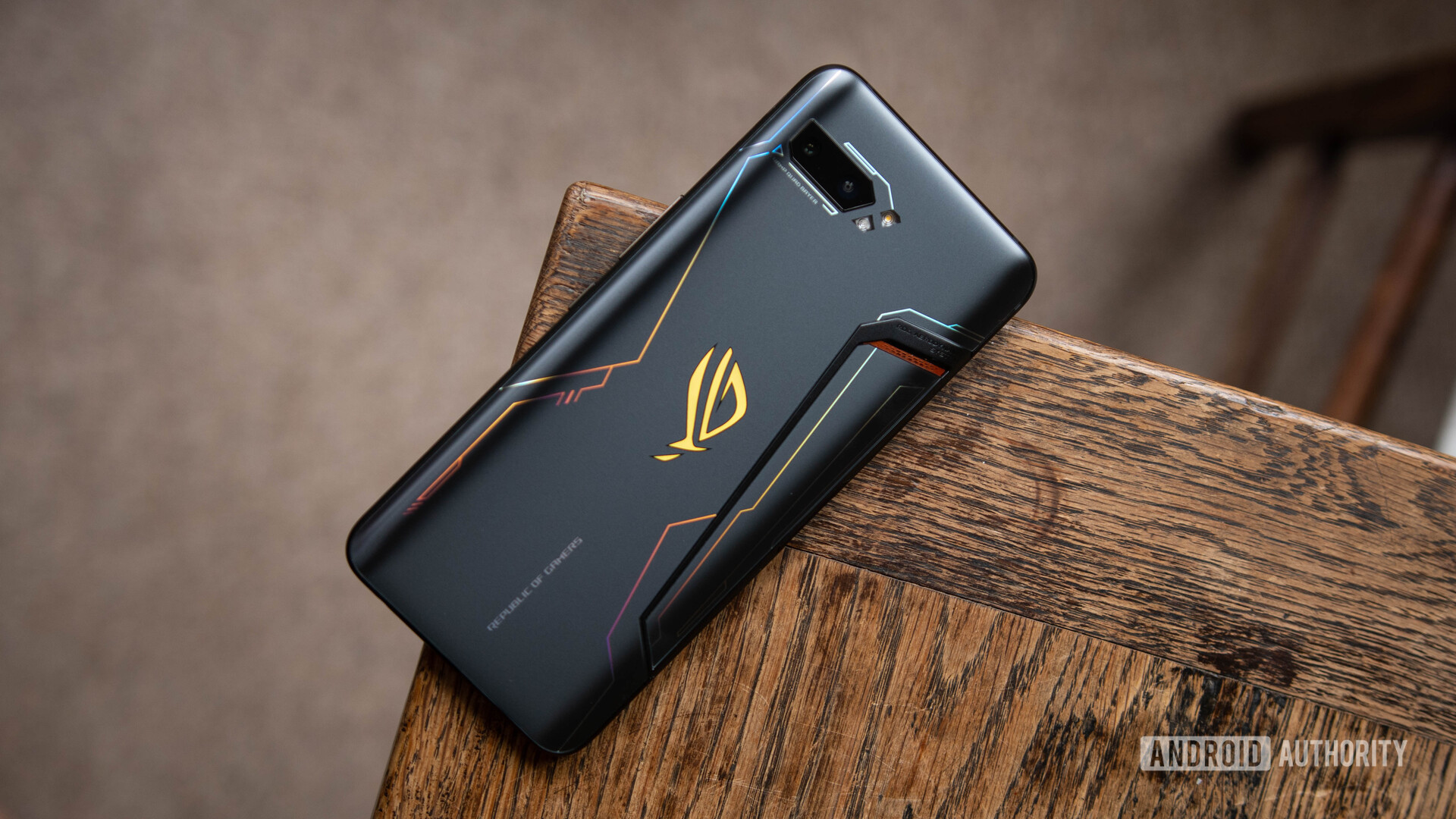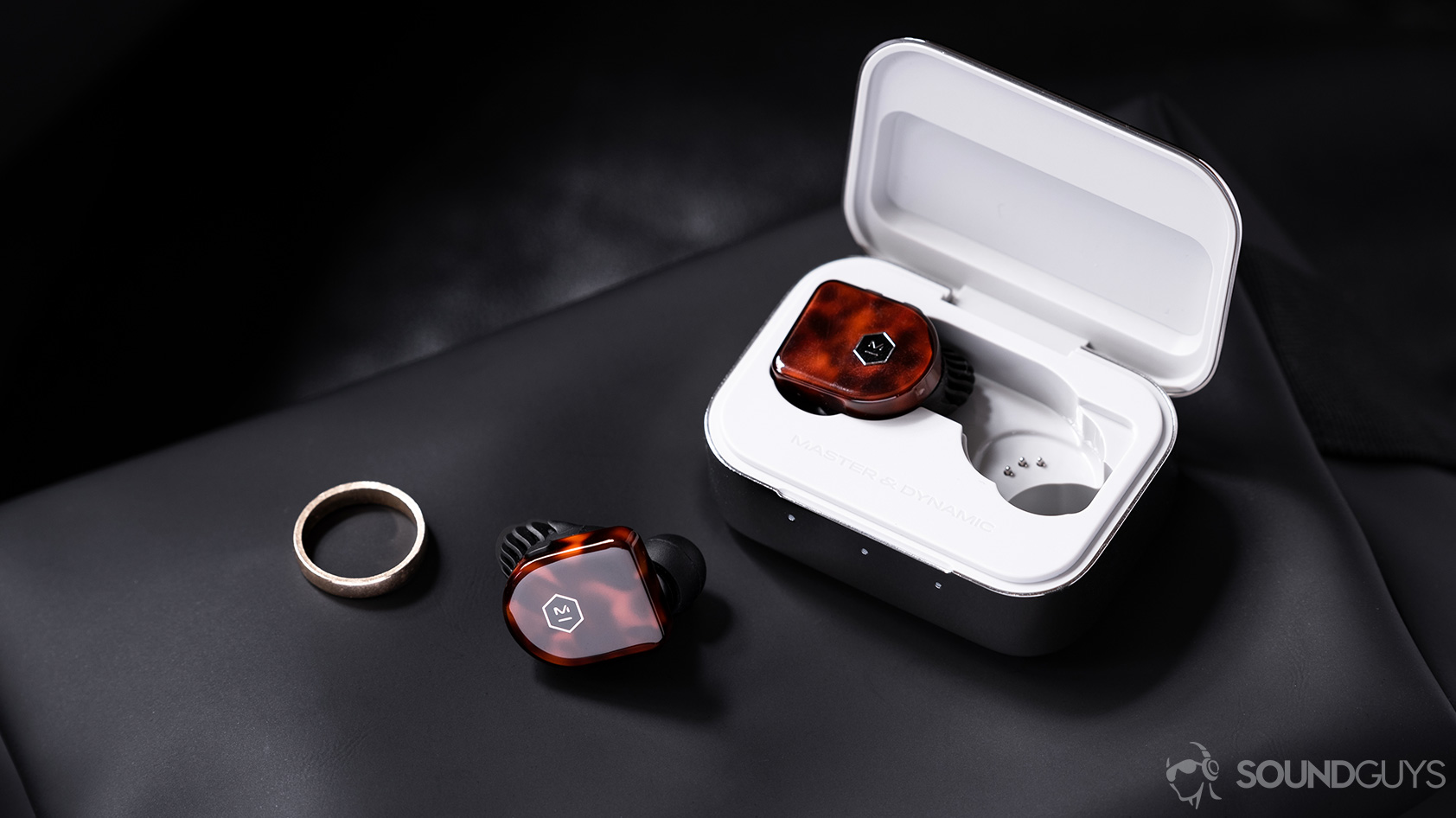
Photo: Huawei. The Huawei FreeBuds 3i forgo some premium features, but are more affordable than the FreeBuds 3.
The Huawei FreeBuds 3i take a hard swing at the cheap true wireless market. Today, we’re directing this comparison between last year’s FreeBuds 3 and the new Huawei FreeBuds 3i. Both are great headsets, so let’s see which is best for you.
Read: Huawei FreeBuds 3 review: No more AirPods envy
What are the main differences between the Huawei FreeBuds 3i and Huawei FreeBuds 3?

Photo: Huawei. The FreeBuds 3i USB-C charging case doesn’t support wireless charging.
Let’s start with the glaring differences between the earphones, the most apparent of which are the distinguished nozzles found on the Huawei FreeBuds 3i that are absent from the FreeBuds 3. Not only does this facilitate a more secure, stable fit in a wider swath of listeners’ ears, but it also yields improved audio quality. The FreeBuds 3i silicone ear tips create a seal to the ear canal, and passively block out environmental noise.
Without getting too into the nerdy details of it all, this reduction of background noise makes it easier for you to hear more detail from your music. The open-earbud design of the FreeBuds 3 and standard AirPods, by way of comparison, allows in external noise which degrades sound quality. This isn’t always a bad thing, though: some people want to remain aware of their surroundings; vigilance is particularly important when crossing busy streets or exercising outdoors. When it comes to raw audio quality, though, a nozzle design will always outperform one without nozzles.
Now, for all we know, Huawei may have absolutely tanked the frequency response of the FreeBuds 3i, but that’s unlikely to be the case. The company moved away from the 14mm drivers and dedicated bass tube, opting instead for a 10mm dynamic driver system. Sure, it may appear simple, but that’s a good thing: it allows the housings to be slimmer and frees up space for larger battery cells.
The new FreeBuds have better noise-cancelling

Photo: Huawei. Silicone ear tips create a cogent seal and block out noise more effectively than the FreeBuds 3i.
The 2019 FreeBuds 3 debuted with adaptive noise-cancelling technology that promised up to 15dB of attenuation. This is one of those specs that reads well on paper but under delivers in practice. While Huawei’s noise-reduction claims technically proved true, it was only for very high frequencies. Effective noise-cancelling headphones are able to attenuate sound across the frequency spectrum, including low rumbles from your washing machine all the way up to and beyond cubicle chatter.
We’ll update you with information once available, but suffice to say the new FreeBuds 3i have more effective active noise-cancelling properties because of the nozzles. If it seems like I’m harping on the new design in this comparison, it’s because I am. Ear tips and a proper seal make a world of difference, and one that permeates every aspect of sound quality. This revamp in build is a big deal between the two headsets.
Battery life is better with the FreeBuds 3

The FreeBuds 3 charging case supplies more battery life, which is important for travel.
The Huawei FreeBuds 3 offer four hours of playtime on a single charge, 30 minutes more than the FreeBuds 3i specifications indicate. The old FreeBuds also supply more on-the-go battery life from the charging case: 20 hours compared to 14.5 hours of additional playtime. Listeners who want to take advantage of wireless charging capabilities will have to go with the pricier FreeBuds 3.
For better Bluetooth features go with the premium Huawei FreeBuds 3

The Huawei FreeBuds 3 have IR sensors that can auto-detect when you remove them in order to pause or resume music, something the FreeBuds 3i lack.
Huawei’s FreeBuds 3i use Bluetooth 5.0 firmware and standard Bluetooth transmission practices. In other words, information is sent to a primary earbud which then relays it to the secondary earbud. This is a simple design that is the root of many true wireless connection stutters.
The FreeBuds 3 may be older but they use more advanced Bluetooth 5.1 technology and the Kirin A1 chip. Not only does this allow for immediate pairing and re-connecting, but it also means listeners can enter dual-mode, exclusive to EMUI 10 devices, which sends data to each earbud individually. This affords a handful of benefits: greater power efficiency, decreased latency, and higher transmission rates.
Similarities between the Huawei FreeBuds 3i and FreeBuds 3

Both the old and new FreeBuds both have a stemmed design and touch controls.
Both models merit an IPX4 water-resistant rating and share a similar stemmed design. They both support two Bluetooth codecs, AAC and SBC. This means that if you’re using the Huawei FreeBuds 3 or FreeBuds 3i with an Android device, you’re not guaranteed consistent high-quality audio. AAC has proven time and time again that its performance is unpredictable on the Android operating system. While this isn’t ideal, it’s not as bad as it sounds: SBC has matured over the years, and it’s unlikely you’ll notice any major compression artifacts during casual listening.
Both headsets support the same Bluetooth codecs and remappable touch controls.
Both stemmed true wireless earbuds use onboard touch controls to adjust playback, take calls, and access virtual assistants. Both are also supported by Huawei’s AI Life app, which lets you remap the touch controls and adjust noise-cancelling intensity.
Microphone quality was great with the FreeBuds 3, and should remain just as good with the new model. Both headsets use an integrated bone sensor to focus the microphones on the voice for clear vocal transmission. This is basically the voice-detecting accelerometers we’ve seen in the Apple AirPods Pro and new Google Pixel Buds (2020). It works well to ignore distracting environmental noise, too, in tandem with Huawei’s active wind-reduction technology.
The Huawei FreeBuds 3i will be available for pre-order on May 20, through Huawei’s website in the Ceramic White color variant. The earphones will release on June 17, and be available in both Ceramic White and Carbon Black for £89.99. The Huawei FreeBuds 3 are currently available on Amazon for $169.97 in three colorways: White, Black, and Red.
No matter which headset you get, you’ll enjoy the ease of use, especially across other Huawei devices. For listeners on a budget, the Huawei FreeBuds 3i are a fine pair of earphones, but there are plenty of cheap competitors out there.
from Android Authority https://ift.tt/3cwMTAF






0 comments: